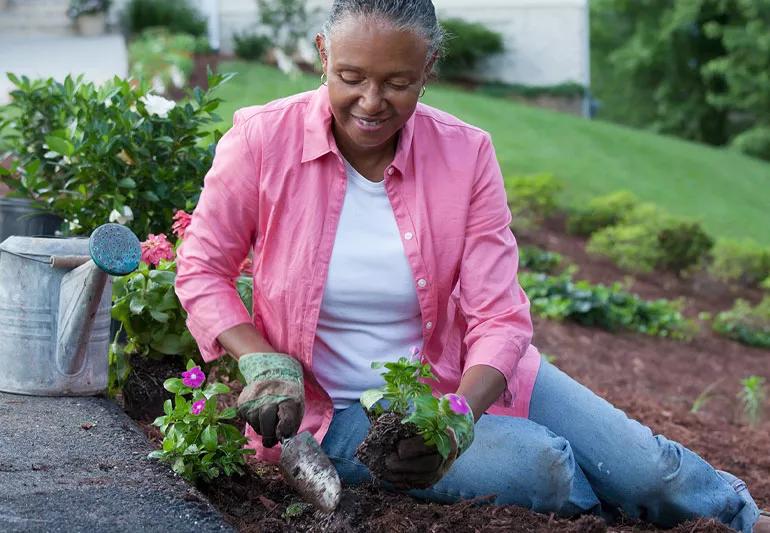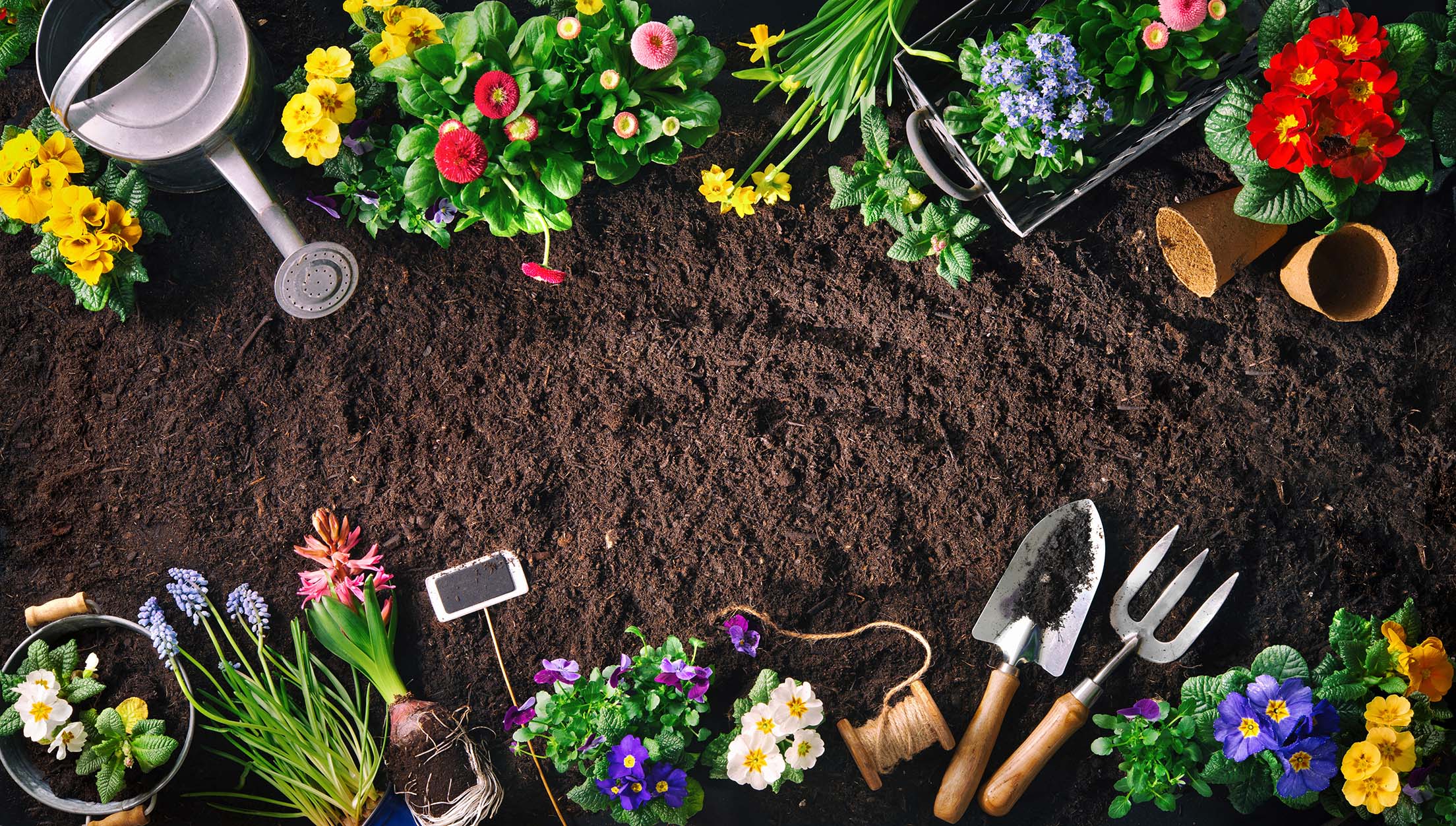Lasting Gardening Tips: Eco-Friendly Practices for Modern Gardeners
Specialist Gardening Tips for Creating a Sustainable and Eco-Friendly Yard
Starting the trip to produce a sustainable and environmentally friendly yard includes a series of purposeful choices and practices that not just improve the beauty of your room however also add positively to the environment. By picking indigenous plants that are well-suited to your area, you can minimize reliance on chemical plant foods and pesticides while providing essential support to local wild animals. Furthermore, incorporating water preservation methods and natural gardening techniques plays an important role in keeping a healthy ecological community. To discover even more functional strategies and skilled insights, allow us explore the crucial components that define an eco conscious yard.
Pick Indigenous Plants
Selecting indigenous plants for your yard is a fundamental step toward accomplishing sustainability. Indigenous plants are naturally adjusted to the neighborhood environment and soil conditions, making them a lot more durable to local parasites and conditions. This reduces the need for chemical pesticides and fertilizers, thus reducing environmental effect. Furthermore, native plants commonly call for much less water as soon as developed, adding to a lot more efficient water use.
Beyond their sensible advantages, indigenous plants play a vital function in supporting local biodiversity. They give important habitat and food resources for indigenous wildlife, consisting of pollinators such as birds, butterflies, and . This cultivates a well balanced ecological community, which is important for the health and wellness of your yard and the surrounding setting.

Implement Water Preservation
Carrying out water conservation techniques is essential for keeping a sustainable garden. Effective water use not only decreases the environmental effect but also makes sure that plants obtain sufficient hydration without wastage.
On top of that, mulching is an important practice for preserving water. By applying a layer of organic mulch, such as wood chips or straw, around the base of plants, garden enthusiasts can decrease dirt dissipation and maintain regular dampness levels. Mulch additionally assists regulate soil temperature and subdues weed growth, additional contributing to plant health.
Rainwater harvesting is one more sustainable approach. Installing rainfall barrels or other collection systems enables gardeners to catch and save rain, which can later be used throughout dry durations. This not just conserves community water but likewise gives a natural, chemical-free source for irrigation.
Last but not least, choosing drought-tolerant plant varieties can drastically reduce water needs. These plants are adjusted to thrive in low-water conditions, making them perfect for green yards. gardening tips. Executing these water conservation approaches will promote a durable, sustainable yard
Use Organic Horticulture Approaches

Pest administration in a natural yard relies upon incorporated pest management (IPM) techniques. click here now These include motivating helpful bugs, making use of all-natural killers like lacewings and ladybugs, and implementing plant turning to interfere with pest life cycles. Companion growing, where particular plants are grown with each other to fend off insects or draw in useful pests, is one more efficient technique.
Weed control is managed with mulching and hand-operated elimination, instead of counting on herbicides. Compost not explanation just reduces weeds but also preserves dampness and enhances soil health as it damages down. Organic composts, such as straw, timber chips, and leaves, are especially useful.
Create Wildlife Environments
Producing wildlife environments within your garden not only boosts biodiversity however likewise supports the ecological community's equilibrium. By creating spaces that bring in and maintain local animals, you can produce a flourishing micro-ecosystem that benefits both plants and pets. Beginning by integrating native plants, as these are fit to your regional environment and give necessary food and shelter for wild animals. Native vegetation supports a series of bugs, birds, and small creatures, contributing to the eco-friendly network.
Think about including a water function, such as a fish pond or birdbath, to provide a constant water resource. Water elements attract a range of species, from amphibians to pollinators, improving the yard's vitality. Furthermore, mounting birdhouses, bat boxes, and insect hotels uses secure nesting sites and motivates biodiversity.
Leave some areas of your yard uninterrupted, enabling fallen leave trash and dropped branches to collect. By prioritizing these lasting methods, your garden can come to be a shelter for neighborhood official website wild animals, advertising eco-friendly wellness and sustainability.
Technique Composting and Mulching
An essential aspect of lasting horticulture, composting and mulching, substantially enhances dirt health and wellness and decreases waste. Unlike synthetic plant foods, compost improves the soil with important nutrients and advantageous microorganisms, cultivating a healthier yard community.
Mulching, on the various other hand, includes covering the dirt surface with natural or inorganic products, such as straw, wood chips, or shredded fallen leaves. This practice uses several benefits: it preserves soil moisture, reduces weed development, and moderates soil temperature level. Mulch likewise gradually breaks down, including raw material to the dirt and further boosting its fertility.
To exercise effective composting, ensure your compost heap has a balance of eco-friendly products (abundant in nitrogen) and brown materials (abundant in carbon), keeping adequate aeration and moisture. gardening tips. Consistently turning the pile speeds up decay. For mulching, use a 2-3 inch layer around plants, ensuring it does not straight contact stems or trunks to stop rot
Verdict

Choosing native plants for your yard is a basic step towards achieving sustainability.Furthermore, integrating native plants can boost the aesthetic allure of your garden. These plants are adjusted to flourish in low-water problems, making them excellent for green gardens. Applying these water conservation approaches will promote a resilient, sustainable yard.
In conclusion, developing a lasting and environment-friendly yard involves the calculated selection of native plants, the fostering of water conservation techniques, and the application of natural gardening techniques.